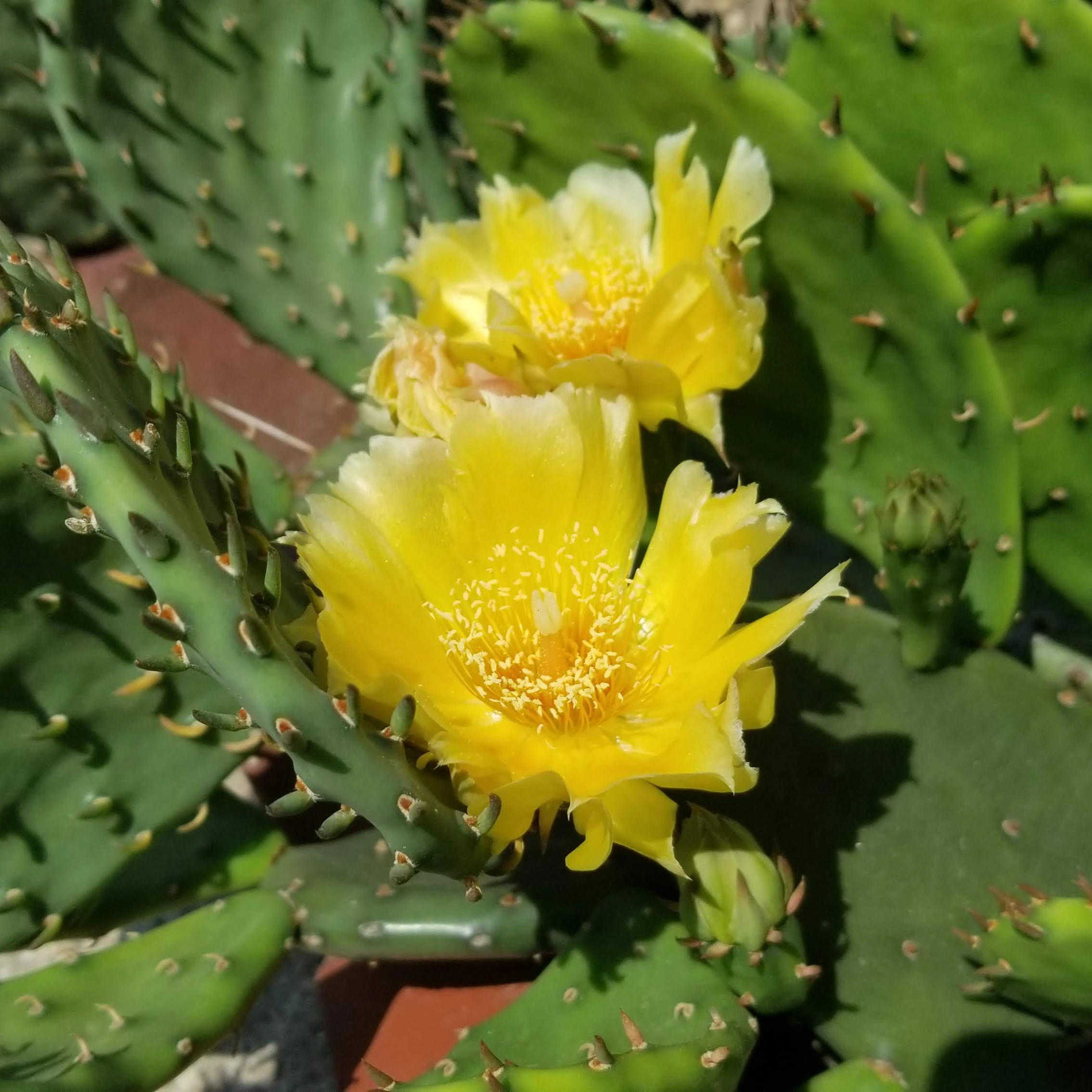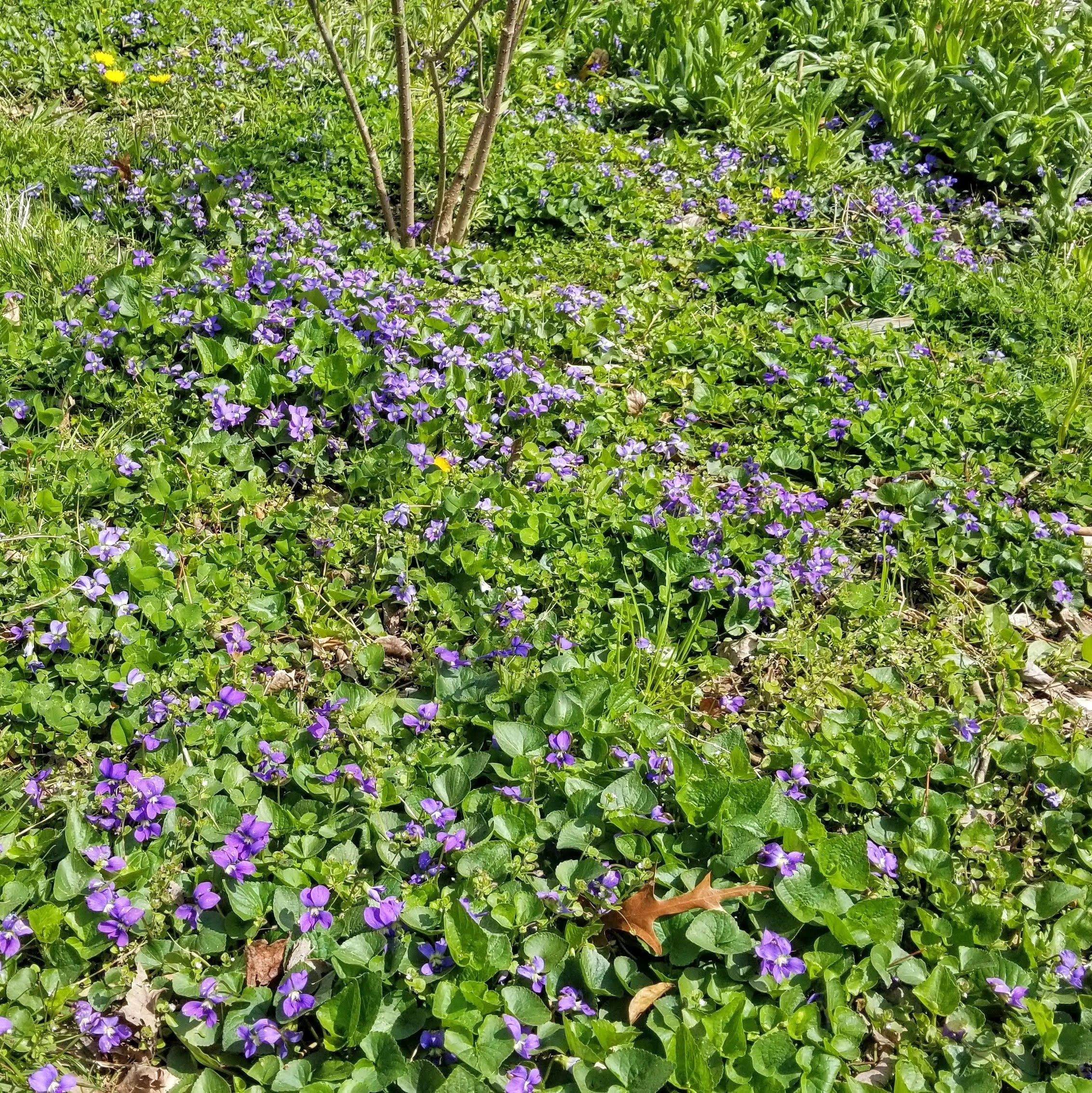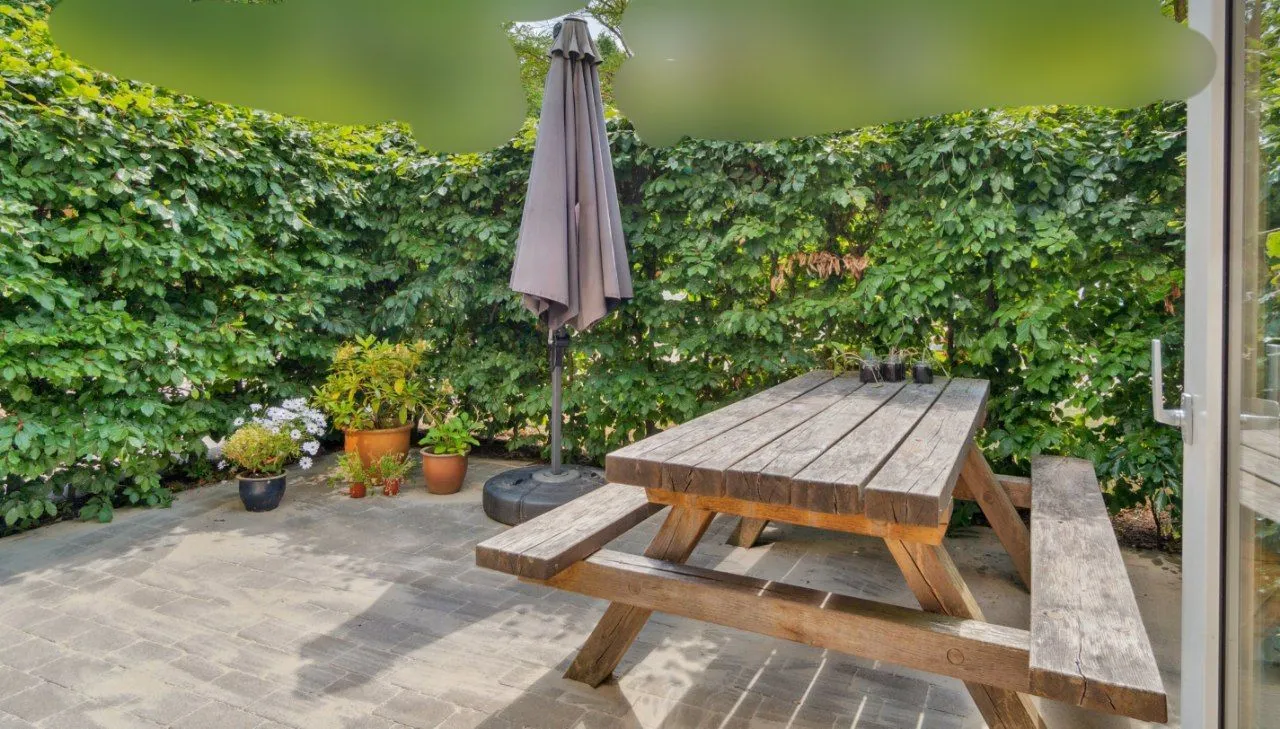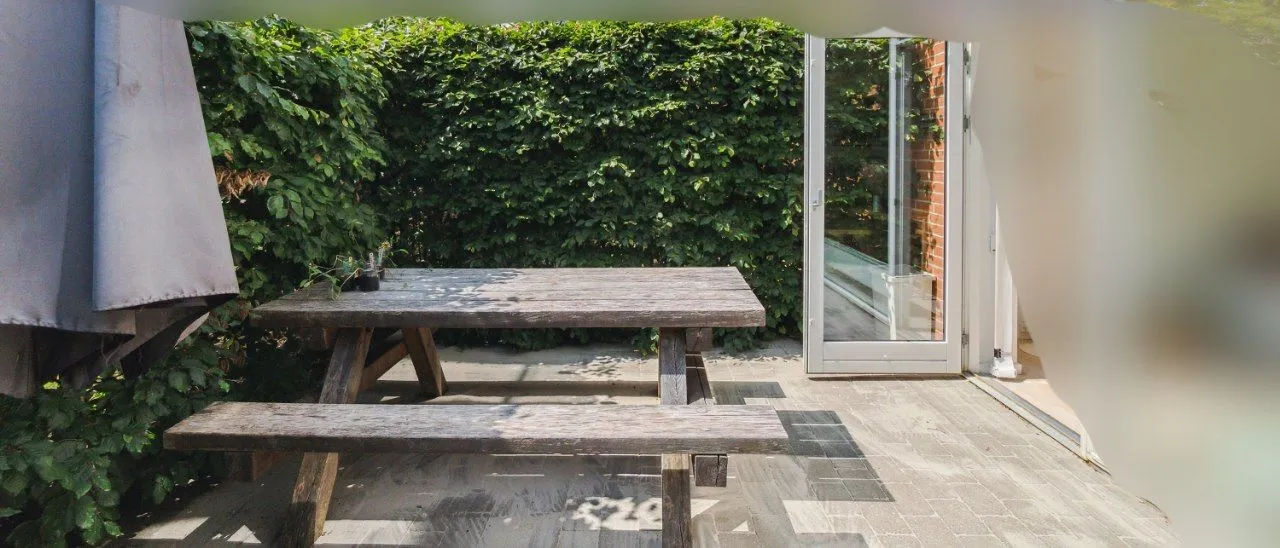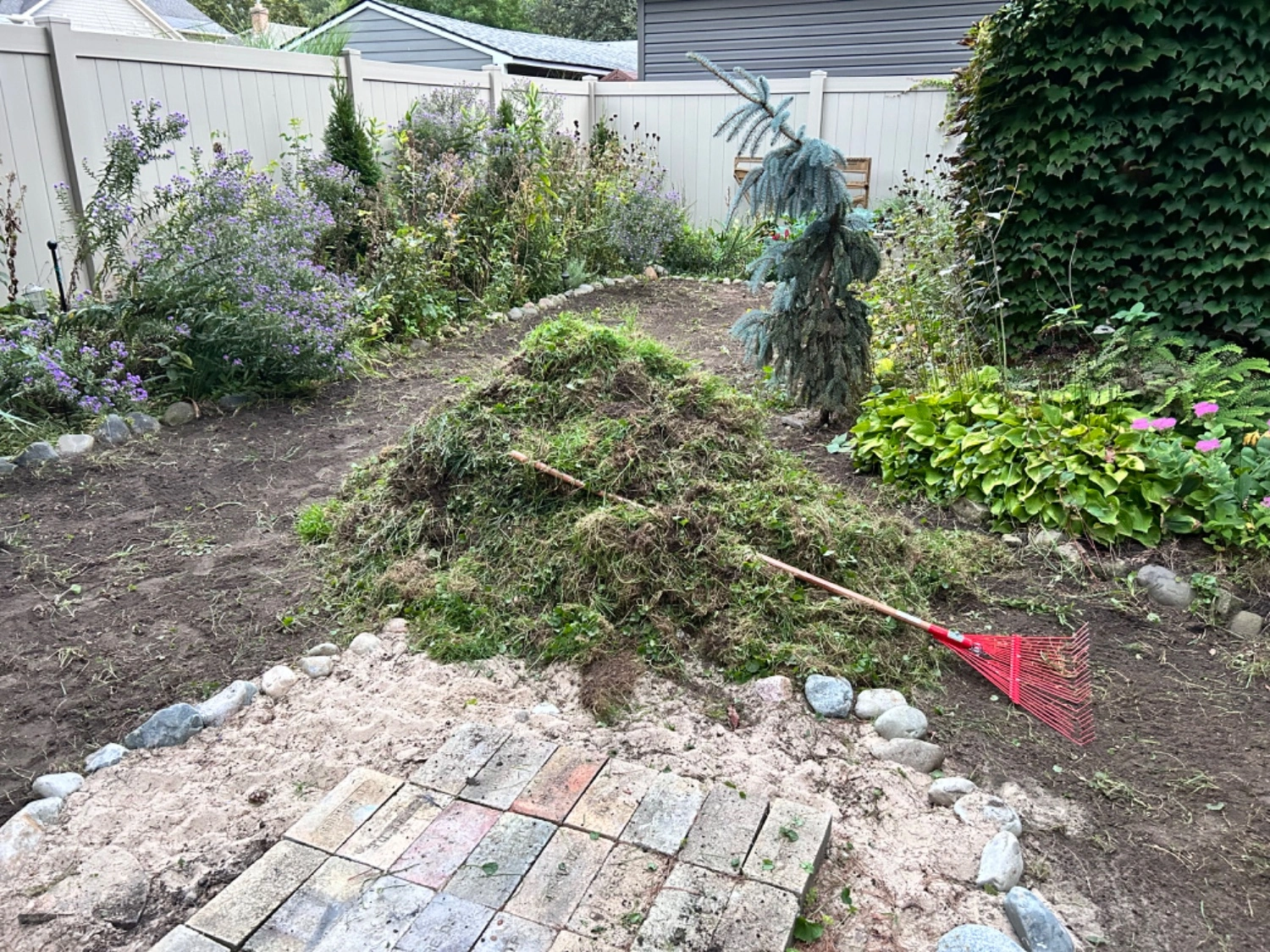4
78
6
72
Millions of Wildflowers Now Delight the Town After Vermont Couple Got Tired of Mowing the Lawn All Day
(www.goodnewsnetwork.org)
8
13
11
56
12
55
15
29
view more: next ›
No Lawns
1777 readers
2 users here now
What is No Lawns?
A community devoted to alternatives to monoculture lawns, with an emphasis on native plants and conservation. Rain gardens, xeriscaping, strolling gardens, native plants, and much more! (from official Reddit r/NoLawns)
Have questions or don't know where to begin?
- You can check our website
- Or our Reddit wiki
- Our FAQ
- Resources by Country
- Resources by US State
- Doug Tallamy AMA
Where can you find the official No Lawns socials?
Rules
- Be Civil
- Don't dox yourself
- Stay on Topic
- Don't break instance or Lemmy rules
Related Communities
- NativePlantGardening - Mander
- NativePlantGardening - Sh.itJust.Works
- Composting - SlrPnk
- Nature and Gardening - Beehaw
- Reclamation - SlrPnk
founded 11 months ago
MODERATORS
